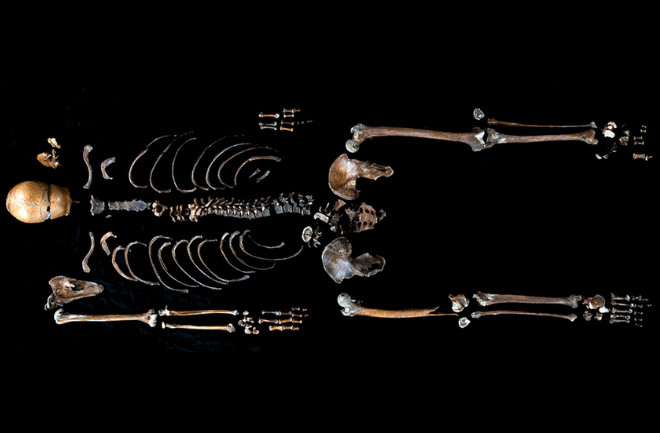
In a remarkable discovery, researchers have found a skeleton in a Norwegian well that may belong to a man cast into it during a medieval siege in 1197. According to historians, the remains could be connected to an event described in the Sverris saga, an epic recounting the reign and battles of King Sverre Sigurdsson.
The Sverris saga, a 182-verse medieval Icelandic account, details the life of the Norwegian King Sverre Sigurdsson. His reign, marked by war and political tension, reached a violent crescendo when his enemies, known as the Baglers, attacked Sverresborg castle in 1197. With the defenders distracted, the Baglers stormed the castle, looted it, and, according to the saga, cast a man headfirst into the castle’s well to poison the water or dishonor the defenders.
Archaeologists first discovered the skeleton in the well in 1938, buried beneath layers of stone about seven meters down. However, with the onset of World War II and the occupation of Norway, excavation efforts were postponed. Decades later, in 2014, archaeologists resumed work, uncovering the bones of a man believed to be between 30 and 40 years old and measuring about 1.75 meters in height.
Through radiocarbon dating, the remains were traced back to the late 12th century, aligning with the saga’s timeline. Although DNA from the bones was not well-preserved, scientists managed to retrieve a sample from one of the man’s teeth. This revealed he likely had light skin, blue eyes, and blond or light brown hair. Intriguingly, genomic comparisons indicated he hailed from southern Norway, suggesting he may have been one of the attackers rather than a defender.
This discovery marks a groundbreaking moment in combining historical narrative with modern genetic science. Researchers believe this may be the first instance of obtaining DNA from a specific character documented in a medieval saga. Although the man’s identity remains uncertain, the findings enrich the interpretation of historical events, merging scientific precision with ancient lore.
The story of the ‘Well Man’ provides a new window into Norway’s storied past, illustrating how modern-day science can bridge gaps in historical accounts. As researchers continue to analyze the evidence, ancient tales find new life in the intersection of fact and fiction.















